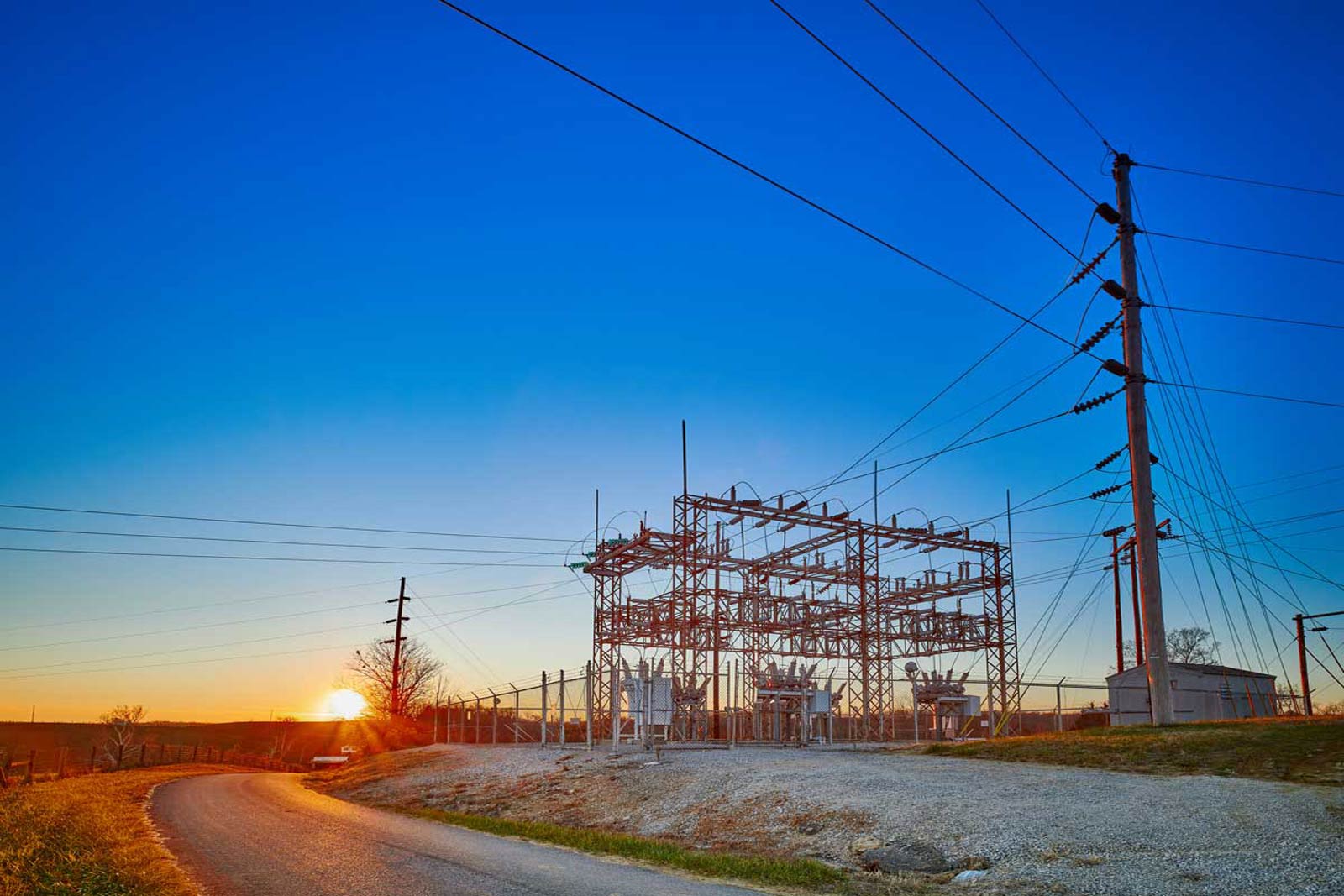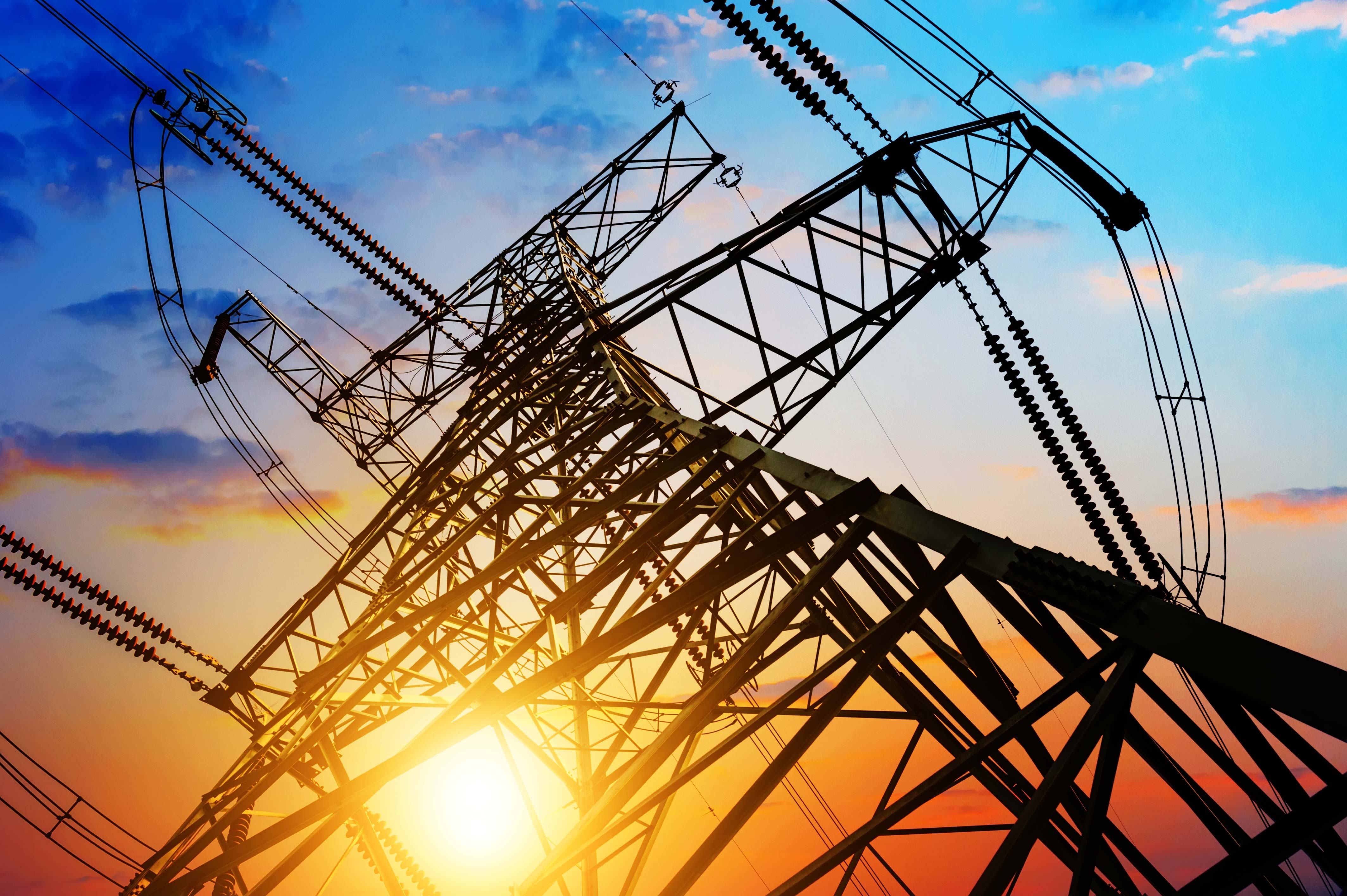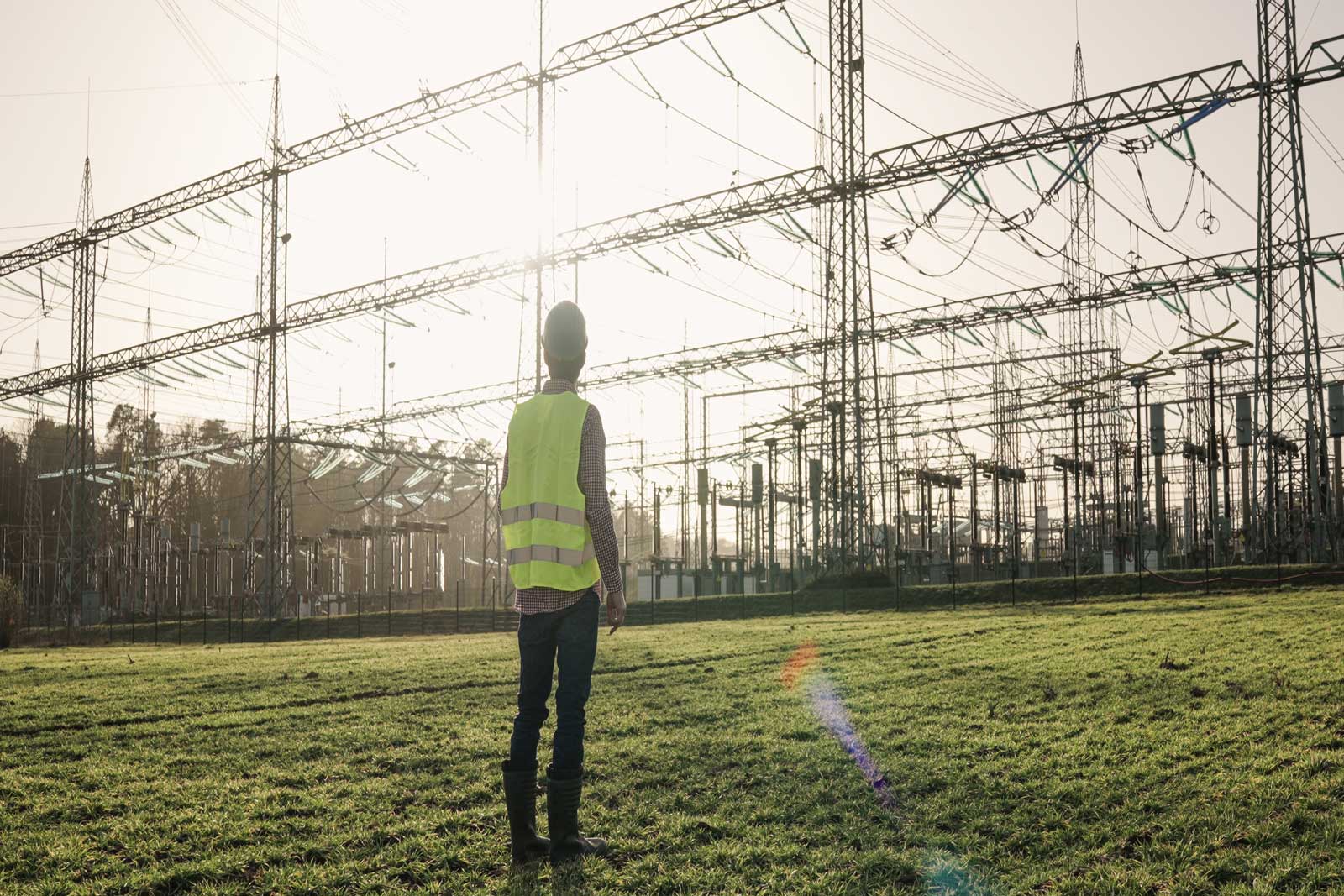Power utility systems play a vital role in providing electricity to homes, businesses, and industries. This power is the backbone of modern society and has become absolutely indispensable in the ways that all of us live, work, travel, socialize, and communicate.
Not all power utility systems are created equal, however. In fact, they can vary significantly in terms of their structures, operations, and energy sources. In this post, we’ll look at a few of the different types of power utility systems available, how they work, and some of their typical use cases as well as their benefits and drawbacks.
What Are the Different Types of Power Utility Systems?
There are five main types of power utility systems currently in use. In this section, we’ll take a closer look at each one.
Traditional Grid Systems
Traditional grid systems are the most common and widely used type of power utility system in many parts of the world. This system involves a vast network of power plants, substations, and transmission lines that deliver electricity from its generation sources to its eventual end users.
The traditional grid system can be further divided into three key components: generation, transmission, and distribution.
Generation
This component includes power plants that generate electricity using various energy sources such as coal, natural gas, nuclear energy, and hydro power, as well as renewable resources such as wind and solar power.
Transmission
The transmission component of a traditional grid system consists of high-voltage lines that transport the electricity over long distances. Transformers—devices that change the voltage output—are used to step up the voltage for efficient transmission and step it down again for distribution.
Distribution
At the local level, the distribution network carries the electricity from substations to homes, businesses, and any other locations where it is required. The voltage is further reduced at this stage for safe and practical use.
Decentralized Grid Systems
There is a growing interest in decentralized grid systems, which are also often referred to as microgrids. Microgrids are smaller-scale and self-contained systems that can operate either independently or in conjunction with the main grid.
Decentralized grid systems are particularly valuable in remote areas, on military bases, and at numerous other critical facilities. In these systems, the energy production facility is located closer to the source of consumption. This is known as distributed generation. These generation facilities may be connected to the larger grid or may simply serve their particular sites with no grid connection.
Microgrids often incorporate renewable energy sources and energy storage, offering increased reliability and resilience. These decentralized grid systems can also be more environmentally friendly (as they may be more efficient), have lower capital costs attached, and provide greater planning flexibility.
Off-Grid Systems
In contrast to traditional and decentralized grids, off-grid power systems are entirely self-reliant and disconnected from the main grid. These systems are commonly found in remote or isolated locations where extending the grid is not economically viable. They can also be used for campsites, RVs, and boats, among other uses.
Off-grid power utility systems typically rely on a combination of renewable energy sources, such as solar panels and wind turbines, along with energy storage solutions such as batteries and generators to meet energy demands. They convert the power sources into usable electricity and then store it until it’s needed.
Off-grid systems can be tremendously expensive to purchase and install, but they offer benefits including a positive impact on the environment and the ability to produce power virtually anywhere. However, they are illegal in some jurisdictions and may severely impact and limit the ways that power can be used.
Hybrid Systems
Hybrid power utility systems combine multiple energy sources and technologies to ensure a stable and continuous electricity supply. These systems often integrate conventional fossil fuel-based generators with renewable energy sources such as solar and wind power. They may also combine two renewable sources (for example, utilizing solar in the summer when the sun is at its height, and then wind in the winter when wind speeds are higher.)
By combining power sources in this way, hybrid systems harness the benefits of both worlds, providing enhanced reliability and reducing the negative environmental impact.
Hybrid systems may be off-grid or connected to the main grid. Most hybrid systems also utilize energy storage technologies such as batteries and generators. Like off-grid systems, they are particularly useful for remote locations.
Smart Grids
The concept of a smart grid represents the integration of advanced modern technologies and communication systems into traditional grid infrastructure. These networks use digital technologies to improve the matching of supply and demand for electricity.
Smart grids enable real-time monitoring, control, and optimization of electricity generation, distribution, and consumption. They improve grid efficiency, boost both stability and flexibility, reduce losses, and enhance the integration of renewable energy sources into our power networks.
Smart grids also empower consumers with information to make informed decisions about energy use, helping to reduce overall energy consumption. According to the International Energy Agency (IEA), investment in smart grids will need to more than double by 2030 in order for the world to be on track for the Net Zero Emissions by 2050 scenario.
The Future of Power Utility Systems
The power utility industry is undergoing a major transformation across not just the United States but also much of the world. The rise of renewable energy, energy storage technologies, and distributed energy resources is creating both new opportunities and new challenges for power utility companies.
In the future, we can expect to see a far more decentralized and diversified power utility system. This system will need to be both more resilient to disruptions and more responsive to the needs of consumers.
In this section, we’ll look at what we see as some of the key trends for power utility systems over the next few years.
The Rise of Renewable Energy
As a society, we are more aware than ever before of the environmental damage caused by fossil fuels as well as the need to find replacements for these finite resources before they are depleted. Renewable energy sources, such as solar and wind power, are also becoming more affordable and efficient all the time.
This is leading to a decline in the use of fossil fuels to generate electricity. We can expect to see this trend continue and escalate as fossil fuels are ultimately phased out.
The Growth of Energy Storage
Energy storage technologies, such as batteries, are also becoming more affordable and powerful thanks to important and continuing new research in this area. These technologies are making it possible to store renewable energy for later use.
As technology advances quickly, batteries for the storage of renewable energy are becoming a far more realistic option than ever before. All available data suggests they will be integral to the future of power utility systems.
The Development of Distributed Energy Resources
Distributed energy resources (DERs) are small-scale energy generation and storage devices, such as solar panels and batteries. They reduce dependency on a single energy source, safeguarding against power outages in the event of natural disasters, extreme weather, or other events that may cause unforeseen failures.
DERs can be installed in homes and businesses, and they can help reduce reliance on the central grid. They also allow for renewable energy sources to be integrated into the grid, making them a vital piece of the puzzle in creating a carbon-neutral and environmentally friendly future.
The Increasing Use of Smart Grid Technologies
As we have mentioned, smart grid technologies use digital communication and automation to improve the efficiency and reliability of the power grid.
Several major economies across the world—including the United States, Canada, China, Japan, and the European Union—have made substantial progress into modernizing their electricity grids and implementing smart grids. We can expect adoption of these technologies to continue and expand, with international partnerships playing a critical role in the development of more sustainable power systems.
Learn More
Here at MAC Products, we provide numerous components and technologies that help make up various power utility systems. From cooling and circulating plants through to cable accessories, we are proud to play a key role in the transmission, distribution, and control of power in many systems across the country.
If you would like to learn more about any of the products we offer or about any of the aspects of power utility systems that we have discussed in today’s post, please reach out. We would love to hear from you!






